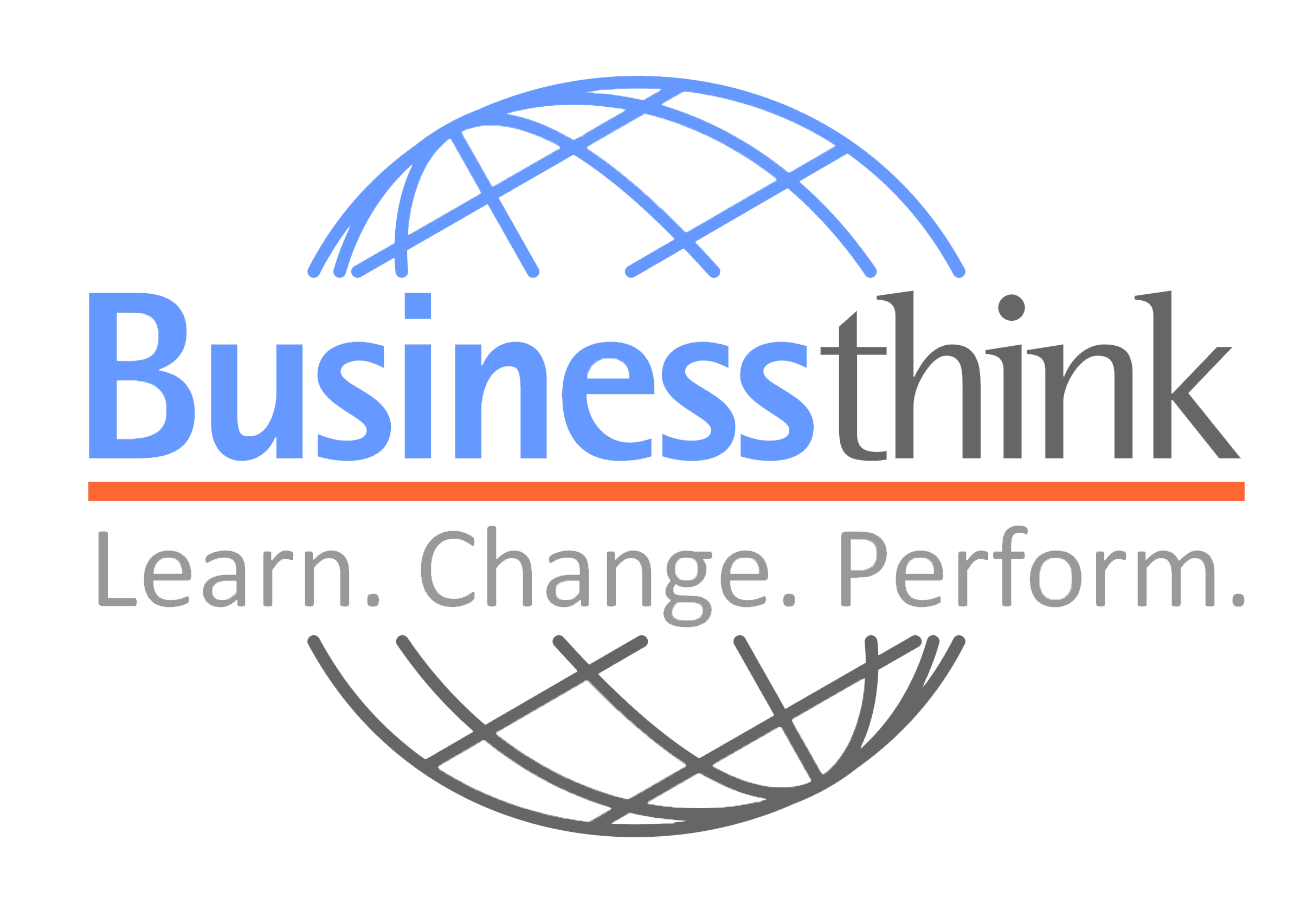
BusinessThink has more than two decades of experience of interaction and training of top leaders in the world. From this plethora of experience, we have understood that in today’s fast paced world leaders need to have; self-awareness, team awareness, organizational awareness, and business awareness, and that the best way to develop this awareness, is through experiential learning. Business Simulations is one example, but there are many ways to create an experiential learning environment.
Before looking at other examples of experiential learning activities and before designing a leadership development program that’s experiential, we must remember what is required in an experiential learning environment. When designing an experiential learning session these are some things you should keep in mind:
- The learner is central. It’s about them not you!
- Group settings are crucial
- Allow them to learn from one another
- Mentor and coach one another
- Share thoughts, ideas, and learnings with each other
- Facilitation must be light and subtle
- Act as a guide not a teacher, be their Yoda
- Do not lecture
- Ask questions and lead them to the learning opportunity
- Find/create experiential learning opportunities
- You cannot force them to learn
- Safe Environment
- Remember this is for development, not selection
- They must feel safe to experiment and learn
- Single events can enable several different learning effects
- Think of this as secondary objectives or outcomes that may occur aside from the main objective. For example, collaboration often pops up in group activities as a secondary objective.
- The activity must be relevant and engaging
- How does it relate to their current or future job challenges?
- If you can’t help show how its relevant to the learning objectives and their daily jobs, you will lose the transfer of learning
- If they aren’t engaged, they won’t learn
- Allow for Reflection
- Ask stimulating questions that allow for thought
- Give them time for reflection to think about what they learned
- Let them share what they learned with the group
- Let them share how they will use what they learned on the job
- Role-play
- Create a realistic scenario participants might encounter as a leader
- Identify roles on a team
- Rotate roles within the scenario to experience looking at the situation from different points of view
- Role Play Experiences- Battlefield for strategy or A Day in the Life of a CEO
- Problem based project
- Identify a problem/challenge within the organization
- Individuals can bring their own functional problem/challenge as ideas and the teams can vote on which problem to solve
- Mix teams up by functional background to help look at the solution from different points of view
- Allow the groups to present the challenge they worked on and the proposed solution
- Allow the groups to select the best solution
- Perhaps have the groups present their findings to Senior Functional leads
- Case study – leaderless discussion
- Pick a case study that is relevant to the group
- Divide the case study up amongst the team
- Individuals share what they took from their portion of the case study
- Hold a brainstorming session to identify the questions that senior leaders should be asking about the information presented in the case study
- Keep it leaderless to see who emerges as leaders and how all participants can be leaders in one way or another when working collaboratively
- Real-time case study
- Works best if the program is extended over a longer period of time
- Recommendations can be made as to how they may have approached things differently
- Groups observe and discuss how their company or an external company is handling:
- Growth
- A specific problem
- Or even performing on a quarterly basis
- Job Rotation
- Identify what functions the participants should rotate through
- Allows for cross functional understanding of the organization
- May require a longer timeline to complete a full rotation
- Gamification
- Shorter in duration than simulations
- Works great for repetitive behaviors or actions
- Works well for addressing a specific scenario
- Caution-don’t make it too much like a video game
- Keep it relevant to their current or future roles
- Board Games
- Works well for shorter duration programs
- Don’t rule out games you know and love for non-business objectives
- Change the rules
- Put them in teams(collaboration)
- Imagine playing the game Risk as a team competing against other teams to work on strategic thinking skills
- Make sure to tie game lessons back to their real-world roles
- Simulations
- Business Simulations-strategy, business acumen, financial acumen
- Functional Based Simulations-Project management, Operations
- Task based simulations
The great thing about experiential learning activities is that they allow for learning by doing, teaching and mentoring others in your group, and using facilitators as guides in a classroom setting to tie in relevancy. All aspects of the 70-20-10 model for learning are represented in experiential learning programs. Remember any of these activities should be conducted in a safe environment to allow experimentation. We are developing leaders, we are not in a selection process.
Capsim Capstone Business Simulation India empowers you to step into the CEO’s shoes, where your decisions shape your company’s destiny across marketing, finance, operations, and human resources.

